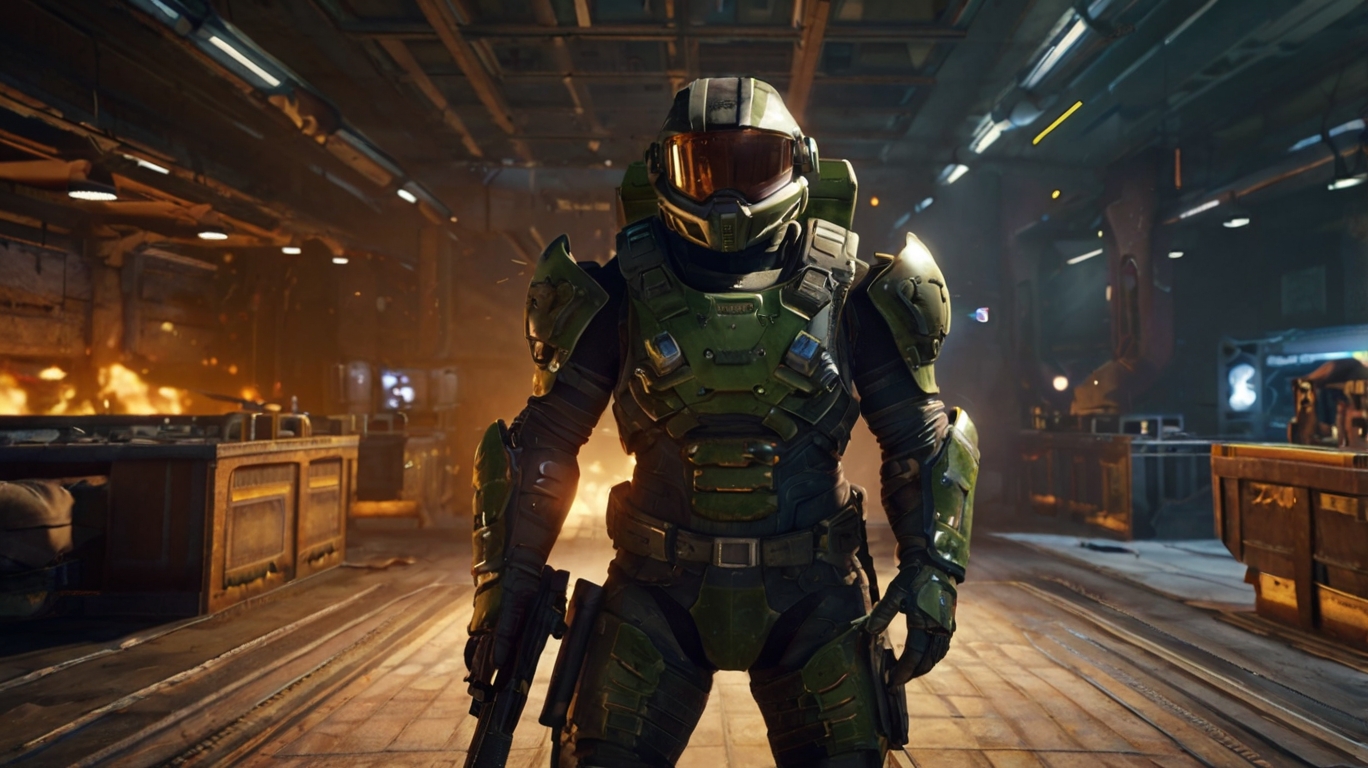
With their vibrant player communities and dynamic interactions, multiplayer games have swept the gaming industry. We at Melior Games have had a great time utilizing Unity to craft these captivating experiences. Let’s examine how to create a multiplayer game with Unity, different kinds of multiplayer games, the intended player base, platforms, and some well-known examples as sources of ideas.
Types of Multiplayer Games
There are several types of multiplayer games, and each one provides a different experience. These are the principal kinds.
- Massively Multiplayer Online (MMO) games allow up to thousands of users to play at once, frequently in an ongoing universe. Two such instances are “World of Warcraft” and “EVE Online.”
- First-person shooter (FPS) Multiplayer: “Call of Duty” and “Counter-Strike” type games in which participants fight one other firsthand.
- Battle Royale: A game type in which numerous players fight it out until only one is left. “PUBG” and “Fortnite” are two excellent examples.
- Real-Time Strategy (RTS): In multiplayer mode, players engage in real-time competition while managing armies and resources. The well-known multiplayer real-time strategy game “StarCraft II”
- Cooperative multiplayer games are those that prioritize teamwork above rivalry. Cooperative multiplayer games like “Overcooked” and “Left 4 Dead” are quite popular.
- Multiplayer Online Battle Arena (MOBA): Games like “League of Legends” and “Dota 2” where players control characters with unique abilities and battle in teams.
Target Audience
Developing a multiplayer game requires a thorough understanding of your target market. The following are some things to think about.
- Age Group: The preferences of different age groups differ. Younger players might like action games with lots of action, while older players might like strategic games.
- Play Experience: Hardcore players usually go for challenging, competitive games, while casual players could favor simple, cooperative games.
- Interests: A broad range of topics are covered, from realistic military simulations to fantastical themes.
Technical Stack
Multiplayer game development needs a strong technical stack. An outline of the key elements is provided below:
- Unity Engine: Because of its extensive community, robust feature set, and adaptability, Unity is our preferred engine. Because it allows both 2D and 3D game development, it’s perfect for a wide range of multiplayer situations.
- Unity provides various networking solutions, including:
- Even though Unity Multiplayer (UNET) has been deprecated, modest projects can still benefit from it.
- Mirror: A well-liked and continuously improved networking package for Unity.
- Photon: A popular third-party networking solution with scalability and user-friendliness.
- Server Infrastructure: Dedicated servers, cloud-based services (such as AWS or Azure), or peer-to-peer networking may be required, depending on the size of the game.
- Database Management: Use databases like Firebase, MongoDB, or MySQL to store player information, match history, and other data.
- Authentication and Security: Services that can be used to set up secure login processes and discourage fraud include PlayFab, Firebase Authentication, and customized solutions.
- Matchmaking: Use solutions such as Photon or custom algorithms for efficient matchmaking systems. They enhance the entire gaming experience by ensuring that players are paired with compatible opponents or friends.
Platforms
Reaching your target audience requires selecting the appropriate platforms. Unity’s cross-platform deployment is made possible by its versatility.
- PC (Windows, macOS, Linux): Ideal for a wide range of games, from casual to hardcore.
- Consoles (PlayStation, Xbox, Nintendo Switch): Requires platform-specific optimization and compliance with certification processes.
- Mobile (iOS, Android): Perfect for casual and on-the-go gaming experiences.
- Web: WebGL builds are easily accessible through browsers, however, they may not be able to handle visuals and performance at a high level.
- VR/AR: Oculus, HTC Vive, and ARKit/ARCore are just a few of the VR and AR systems that Unity supports for immersive experiences.
Popular Multiplayer Games
The following well-known multiplayer games demonstrate the power of the Unity engine:
- The social deduction game “Among Us” gained international attention and demonstrated the possibilities of straightforward but captivating multiplayer interactions.
- Playing the digital collectible card game “Hearthstone” is all about competitive matching and strategic gameplay.
- An original take on battle royale, “Fall Guys: Ultimate Knockout” blends party game and platforming components.
Conclusion
Using Unity to create a multiplayer game is a fulfilling experience that calls for a strong grasp of your target audience in addition to technical mastery and creativity. Through the strategic use of Unity’s robust feature set and the selection of an appropriate technical stack, you can produce multiplayer games that fascinate players worldwide. We at Melior Games never stop thinking outside the box and pushing the limits of what’s conceivable in multiplayer gaming. Create the next major massively multiplayer online game or make a straightforward yet incredibly engrossing cooperative game—Unity gives you the tools to make your ideas a reality.




